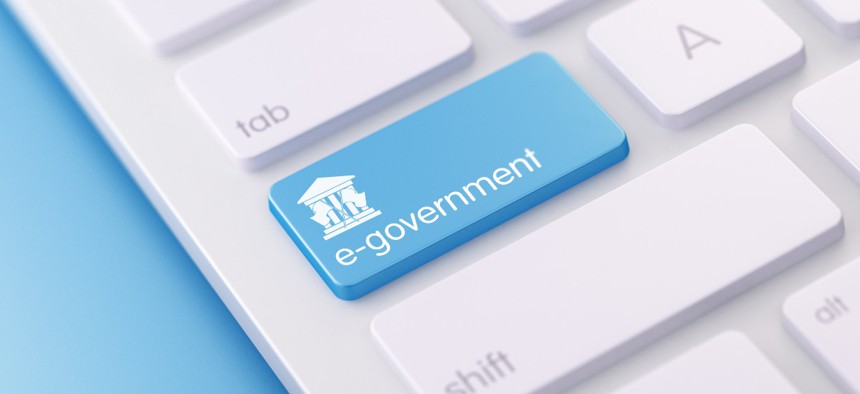Closing the Digital Divide in Government: 5 Strategies for Digital Transformation

MicroStockHub/Getty Images
Citizens are demanding a more connected government.
Change is seldom easy. Yet for government and public sector executives, the need to modernize has never been greater, as there is a growing digital divide between constituent expectations and what many governments can offer. The COVID-19 pandemic shifted the dynamic when it came to the digital imperative for government. More than ever, citizens are demanding a more connected government with integrated services, relevant experiences and self-driven service connection. Whether it’s paying taxes online or applying for benefits anytime and anywhere with the ease experienced in other aspects of their lives, citizens are seeking a government that is as modern as the technology they use in their daily lives. A failure to move forward with modernization efforts will only lead to a decline in government agencies’ ability to deliver services and potentially reinforce the prevailing view of government as inefficient, out of touch and ambivalent to the needs of its constituents.
Today, some agencies are relying on legacy systems running programs that are more than a quarter century old and can no longer be supported or updated. Converting systems and applications of that age, scale and complexity to modern cloud-based solutions is difficult. And finding the right talent to orchestrate the change is not easy either. By contrast, leading agencies will move into the future by aggressively pursuing new technologies such as cloud, artificial intelligence, blockchain, low code platforms and analytical engineering. By some estimates, with digital transformation, savings for governments could exceed $1 trillion over the course of the next decade.
As government and public sector agencies continue on their digital transformation journey this year, here are five strategies to adopt moving forward:
- Have a customer-centered design mindset when introducing new technology so that users will find new platforms and applications easy to use and will embrace them.
- Begin treating data like a product to be shared enterprisewide rather than continually duplicated in siloed departments.
- Accelerate the use of a development, security and operations—DevSecOps—approach to creating new software applications, embedding security into them from the outset.
- Continue to modernize technology stacks to include SaaS platforms, advanced cloud, AI and edge computing capabilities—as well as strong data management capabilities—and make it easy for end users to access the data insights they need for decision-making.
- Embrace modularity and containerization to help with the challenge of modernizing large and complex legacy systems and applications. Modularity refers to dividing large software applications into smaller modules, while containerization refers to running those applications in an isolated environment.
Modernization is now more important than ever to bridge the digital divide and meet constituents’ rising expectations. These are just some of the many steps governments should consider as they continue on their digital journeys.
Viral Chawda is a principal and head of government technology at KPMG U.S. and Andy Gottschalk is a partner for health and government solutions at KPMG U.S. The views expressed are the authors alone and do not necessarily represent those of KPMG LLP.





